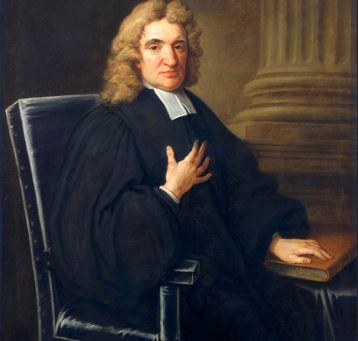The Astronomer Royal is a distinguished title given to a leading astronomer in the United Kingdom, with responsibilities that have historically included advising the government on astronomical matters and overseeing the Royal Observatory, Greenwich. The role has evolved over time, reflecting changes in both the position and the field of astronomy.
Historical Background
1. Origins of the Role
The title of Astronomer Royal was first established in 1675 when King Charles II appointed John Flamsteed as the Royal Observatory’s first astronomer. This appointment was part of a broader effort to advance scientific research and improve navigation. The role was designed to oversee the work of the Royal Observatory and to contribute to the growing field of astronomy.
2. Early Contributions
John Flamsteed, the first Astronomer Royal, made significant contributions to the field, including the creation of accurate star charts. His work laid the foundation for future astronomers and established the Royal Observatory as a leading institution in astronomical research.
Responsibilities and Duties
1. Scientific Leadership
The Astronomer Royal is often a leading figure in the field of astronomy, contributing to significant scientific research and advancements. Historically, the role involved overseeing the scientific work conducted at the Royal Observatory, which included observations of celestial bodies and the development of astronomical instruments.
2. Advisory Role
The Astronomer Royal also has an advisory role, providing expert advice to the government and other institutions on matters related to astronomy and space science. This includes contributing to national and international discussions on scientific policy and research priorities.
3. Public Engagement
In addition to scientific and advisory duties, the Astronomer Royal often engages with the public to promote interest in astronomy. This involves delivering lectures, participating in educational programs, and communicating scientific discoveries to a broader audience.
Notable Astronomers Royal
1. John Flamsteed (1675–1719)
The first Astronomer Royal, John Flamsteed, is best known for his work in cataloging stars and creating detailed star maps. His comprehensive star catalog, known as “The Historia Coelestis Britannica,” was a significant contribution to astronomy.
2. Sir William Herschel (1821–1848)
Sir William Herschel, renowned for his discovery of Uranus, served as Astronomer Royal during the early 19th century. His work significantly advanced our understanding of the solar system and beyond.
3. Sir Martin Rees (1995–2005)
A prominent contemporary figure, Sir Martin Rees, made significant contributions to cosmology and astrophysics. His tenure as Astronomer Royal was marked by a focus on the future of astronomy and space exploration.
The Role in Modern Times
1. Changing Focus
In contemporary times, the role of Astronomer Royal has become more symbolic, with responsibilities focusing on public engagement and advising on strategic scientific matters rather than day-to-day operational duties at the Royal Observatory.
2. Royal Observatory, Greenwich
The Royal Observatory, Greenwich, where the Astronomer Royal historically worked, has transitioned to a museum and educational institution. The focus has shifted from active research to preserving historical instruments and engaging the public in the history of astronomy.
The role of Astronomer Royal represents a prestigious position in the field of astronomy, with a legacy of significant scientific contributions and public engagement. From its origins in the 17th century to its modern incarnation, the Astronomer Royal continues to play a vital role in promoting and advancing the study of the cosmos.
